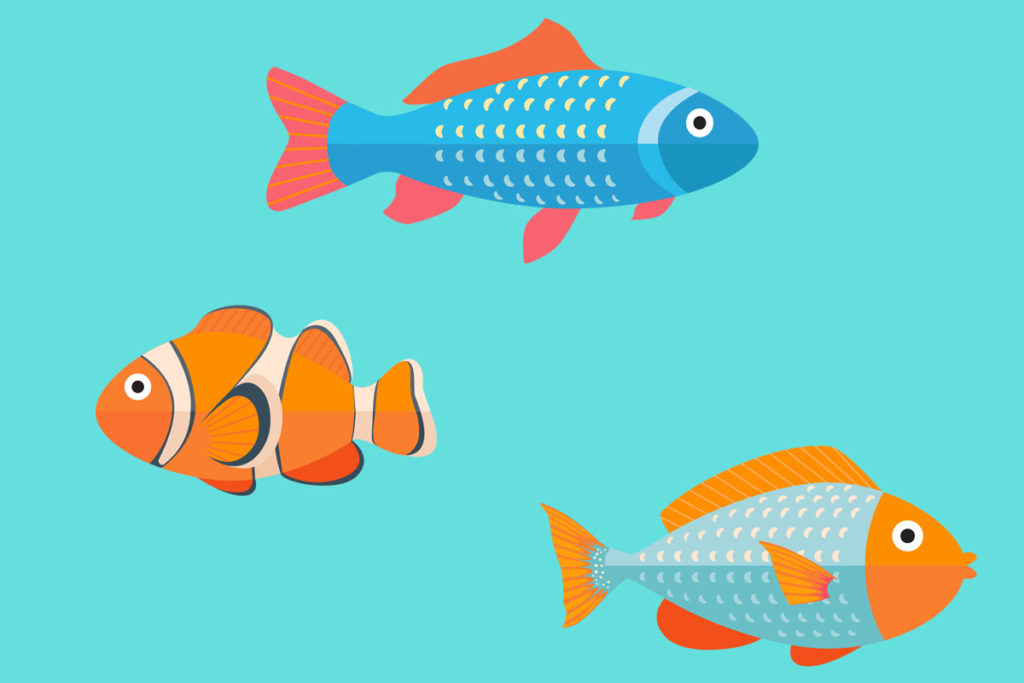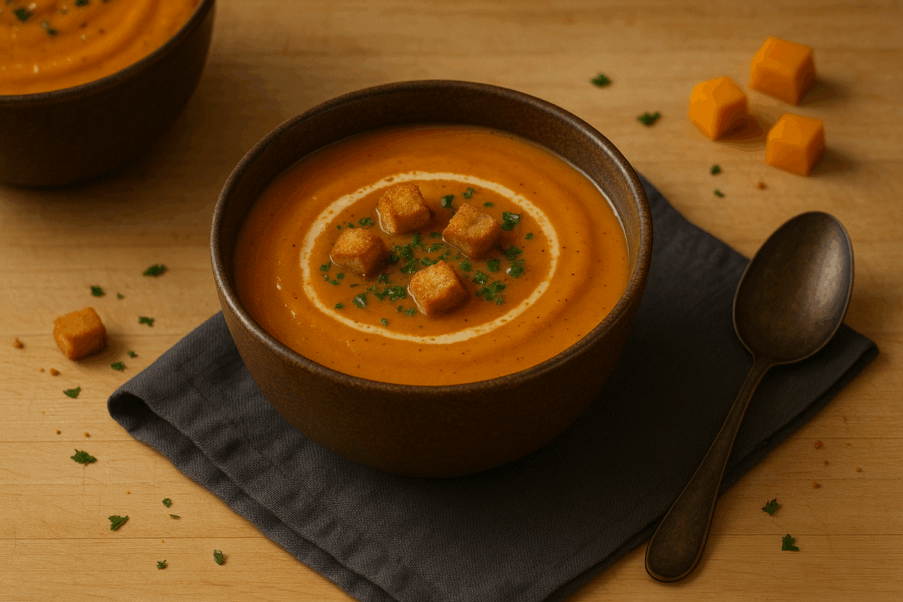There Is Something Fishy About American Seafood
When is sea bass really perch?

Seafood fraud is rife in the U.S., with 1 in 5 samples mislabeled, according to a new report from Oceana. In testing 449 seafood samples from more than 250 locations across 24 states, the nonprofit conservation group found that about 20% of species, especially sea bass and red snapper, were falsely labeled. As an example, DNA tests showed that a fish labeled “sea bass” could be, in fact, giant perch or Nile tilapia.
Mislabeling occur┬¡red more frequently at restaurants, followed by smaller markets and then larger-chain grocery stores. Further, results of a yearlong investigation by the New York State Attorney General’s Office showed that more than a quarter of all the fish it sampled at retail outlets across the state was inaccurately labeled.
Some errors are due to confusion or ignorance—and, as such, are inadvertent—but the prevalence of mislabeling suggests that other, more nefarious intentions are also at play: knowingly selling vulnerable species as if they were more sustainable options; casting imported seafood as local; and/or disguising a lower-value species as one that demands a higher price on the market (e.g., selling farmed salmon as wild).
Clearly, better seafood traceability and inspection—from boat to shopping cart—is necessary to ensure that the U.S. seafood supply is honestly labeled. Until then, consumers can seek out reputable fishmongers who are on the ball with respect to the sourcing of the seafood they sell.
Matthew Kadey, MS, RD
Matthew Kadey, MS, RD, is a James Beard Award–winning food journalist, dietitian and author of the cookbook Rocket Fuel: Power-Packed Food for Sport + Adventure (VeloPress 2016). He has written for dozens of magazines, including Runner’s World, Men’s Health, Shape, Men’s Fitness and Muscle and Fitness.





